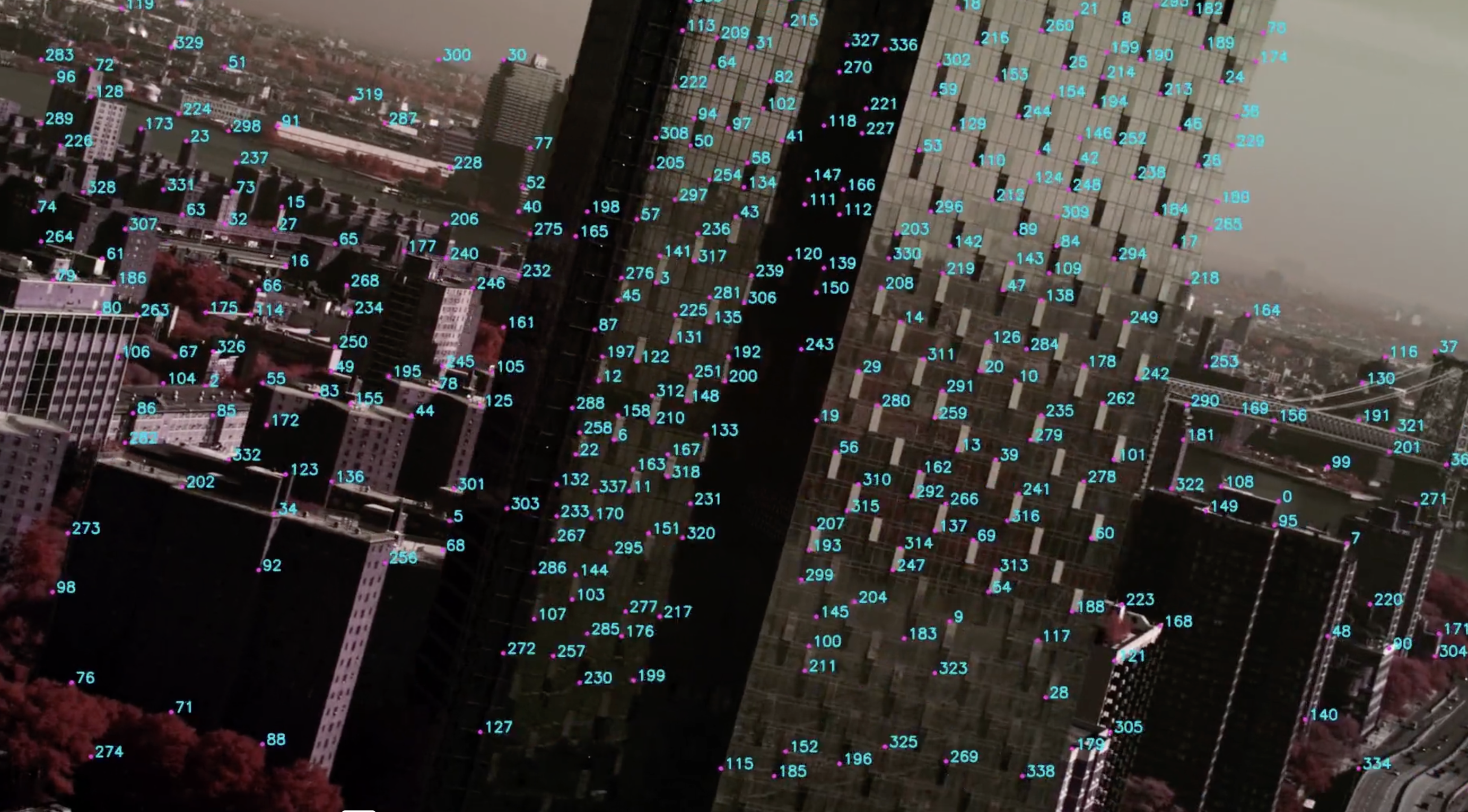
NSIN Alumni Spotlight: Brian Streem, Vermeer

Originally created for Hollywood, Vermeer’s innovative software provides accurate location information without GPS. This allows military drone operators to conduct missions in hostile environments where adversaries jam or otherwise deny traditional GPS. As a participant in the NSIN-supported Air Force Accelerator program and NSIN’s Hacks program, Vermeer connected with leading defense innovation leaders to help the company understand the challenges its technology could fix.
NSIN interviewed CEO Brian Streem as he was overseas integrating his Visual Positioning System, or VPS, onto several drone platforms.

COMPANY: Vermeer
LOCATION: New York, NY
CEO: Brian Streem
NSIN: How does Vermeer’s solution work?
Brian: We call it VPS, or visual position system. Essentially, we take EO [electro optical] and IR [infrared] camera feeds on a drone and stream the feed into a little computer on the platform. We inject our software onto that computer and attach to that computer a little SSD [solid state drive] card that contains a pre-existing 3D terrain map database. As the drone is flying through the environment, the cameras see the environment and, in real time, our software matches what the cameras see to the preloaded 3D terrain map, replacing the need for traditional GPS.
NSIN: So this system completely bypasses GPS?
Brian: Correct. Our system does not emit or receive any signal, making it totally passive. You can’t spoof it or block it because it does not rely on any kind of transmission or reception. It works during the day, at night, in the snow - we’ve also been [working] on a solution for over the open water navigation and have been getting very good results.
Every unmanned system currently uses GPS. We’ve seen the Russians use satellite dishes where they pump fake GPS noise into the environment, rendering GPS useless. We’ve already seen this in Ukraine. When GPS does not work, you cannot fly drones. Nothing works anymore. It’s a bad problem.
NSIN: How did you come up with this technology?
Brian: My background is really strange. I went to New York University and studied film production. After college, I produced a few independent films and made some movies that went to the Sundance Film Festival.
In 2013, I bought a big, fancy drone from Sweden with the idea of renting it to my Hollywood friends for drone cinematography. Between 2013 and 2017, if you saw a drone shot in a movie or on a show on Netflix or HBO, it was probably my company. We did everything from Steven Spielberg movies, the Fast and the Furious Franchise, and films that went on to win best picture at the Academy Awards.
We soon found that drone cinematographers and movie directors wanted more precise shots from their drone. That led me to building software using computer vision to help them get what they wanted.
NSIN: So how does that lead to working with the Department of Defense?
Brian: In 2019, I met a gentleman who was the managing director of the Techstars programs. He told us that the DoD could really use our capability. My initial reaction was, “You must be joking.” I assumed they already had this stuff. He encouraged me to apply and, out of a few thousand companies that applied, Vermeer was one of 10 companies selected. I moved to Boston from New York temporarily to take part in that program.
I knew nothing of aerospace and defense at the time. While in Boston at this program, I got to meet people from the Army, Navy, and several of the primes. I saw how GPS jamming and spoofing was a big problem.
NSIN: Going into your time in the Air Force Accelerator, you had little to no government interaction. What was that like coming in as an outsider?
Brian: I saw how the government had a lot of resources and there was a big opportunity. My approach was to learn what they needed and how I could provide them with a solution. I decided to build a tool that scraped every DoD email off Google. During Covid, I moved into a log cabin by Lake Winnipesaukee in New Hampshire and cold emailed more than 50,000 people at the DoD. Over the next nine months, I spoke with around 2,000 people over cold Zoom calls.
One of my rules in sales is to never open your mouth first under any circumstances. If you start talking about yourself, they may tune out. Through these calls, I learned where I could help. I built a lot of relationships and a sales pipeline. That led to winning about $7 million in non-dilutive capital in my first year.
NSIN: You are currently overseas. How is it going over there?
Brian: Having previously provided our cutting-edge systems to the Army, Air Force, and tier one primes, both domestically and internationally, the deployment of our system in active combat has proven to be an exceptionally gratifying experience. My current journey in overseas has been nothing short of extraordinary. The prevalence of spoofing in this region is staggering; virtually everything is getting spoofed. Being on the front lines and deploying our Visual Positioning System (VPS) in such a complex and dynamic combat environment is truly remarkable. Overcoming the challenges inherent in navigating in a war zone where GPS signals are consistently spoofed presented a formidable obstacle. Our dedicated team has worked tirelessly to engineer a solution that not only meets but surpasses the rigorous demands of the battlefield. It gives me a great sense of pride.
About National Security Innovation Network
NSIN is a program office in the U.S. Department of Defense (DoD), nested within the Defense Innovation Unit (DIU). We are set up to collaborate with a wide variety of innovators to include universities, researchers, students, entrepreneurs and start-ups. We create opportunities for collaboration across communities and connect those that might not traditionally work in national security. Together, we help drive national security innovation and develop technologies that directly support the individuals responsible for protecting our country.
For more information or interview requests with Team NSIN, please contact us at [email protected].